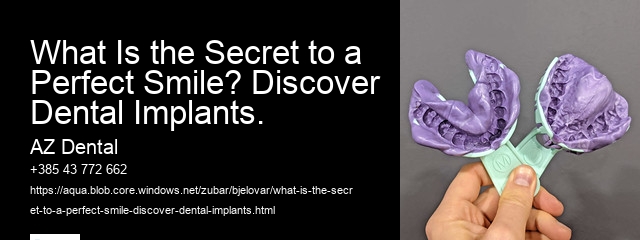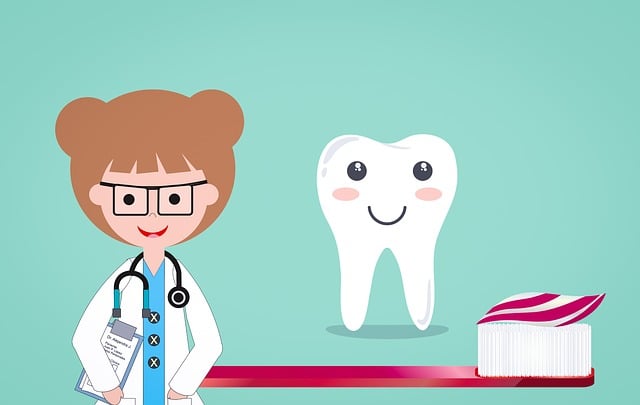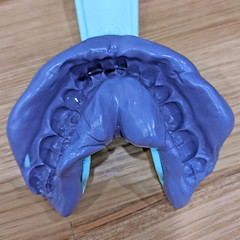Dental implants are a popular option for replacing missing teeth, and they involve several key entities. A dental implant is a small surgical component that is placed into the jawbone to provide a stable anchor for a dental prosthesis. The prosthesis itself is an artificial replacement for a missing tooth or teeth, which can be attached to the implant via an abutment. The implant is typically made of titanium, a biocompatible metal that can fuse with the jawbone through a process called osseointegration. The placement of dental implants is typically performed by a periodontist, a dental specialist who focuses on the prevention, diagnosis, and treatment of periodontal disease. There are two main types of dental implants: endosteal implants, which are placed directly into the jawbone, and subperiosteal implants, which are placed on top of the jawbone but beneath the gum tissue. In some cases, bone grafting may be necessary to provide additional support for the implant.






